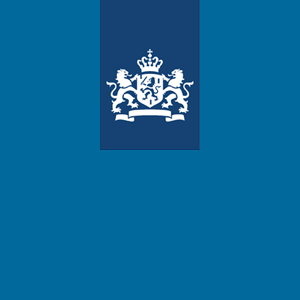The contribution below is from an external party. The editors are not responsible for the information provided.
(Image: Shutterstock / Yuri A)
Blog – A broken lamp, a non-working television or a defective bed: the reporting process of these types of inconveniences lead to frustrations in elderly care institutions. Healthcare workers often notice these problems themselves during their service, but are not the designated people to remedy them. They also receive the same type of reports from involved visitors, all of which must be passed on to the right department. This takes valuable time, while it can be much more efficient.
The use of QR codes can simplify the reporting process, which means that problems are picked up faster and care workers have more time for what really counts: warm and personal care. In other words, how QR codes make elderly care more efficient.
From oral to digital
In many elderly care institutions (facility) reports are shared orally with care workers, who then have to communicate to the right department. In addition to taking time, reports do not always end up in the right place. As a result, there are delays in solving these problems, which is annoying for residents, care workers and loved ones. By using QR codes, which are hanging (and scanning) in the rooms of residents, caretakers and even visitors can easily make a digital report.
An example: a new remote control must be requested. A care worker scans the QR code in the relevant Chamber to process this request, which then ends up directly to the correct department. In addition, all persons involved in this report (such as the care worker and the resident’s family) are automatically provided with updates. This saves on expensive time and more attention and time remains for the residents.
Fewer e-mails, more care
An advantage of the use of QR codes is that it promotes communication between all involved. As is apparent research That 24 percent of healthcare professionals regularly leave tasks such as processing e-mails. By using QR codes, we prevent care workers from receiving unnecessary e-mails about (facility) reports. To view the status of a notification, they log in to the system. At this central location they will then find all the reports within the building. If an employee of a certain notification is happy to receive updates by e -mail, they can set this in the system. For example, healthcare workers only receive notifications that they themselves label as important, and the mailbox remains clear.
The system also offers flexibility for location managers. The reporting system is fully adaptable to the preferences of the care team. For example, reports can be prioritized: reports that are urgent, such as a defective bed, get attention faster and are resolved in no time. A win-win situation for everyone.
Further than front doors
The use of QR codes can go much further than just the front doors of patients. In this way they can also be hung in office spaces, on medical equipment, or in waiting rooms and other public spaces. Imagine that a printer or computer does not work properly: instead of sending endless e-mails, a care worker can simply scan the QR code and report the problem immediately.
This also applies to defective medical equipment or the maintenance of public spaces. It saves time, leads to faster solutions and prevents delays, while at the same time reducing the workload of care workers. This way all processes become much more efficient, with satisfied residents, employees and visitors as a result.
Take care of tomorrow
QR codes are a game check for (elderly) care. They accelerate the reporting process, reduce administrative burdens and ensure that care staff can spend more time on their core task: providing care. By simply scanning a code, healthcare workers and visitors immediately pass on reports that end up at the right department without delay. This shortened waiting times, prevents frustration and increases efficiency within healthcare institutions. The result is not only a more efficient workplace, but it also contributes to a future -proof and people -oriented care system – and that is exactly what we need for the care of tomorrow.
Max Veenhof, Business Consultant Topdesk





